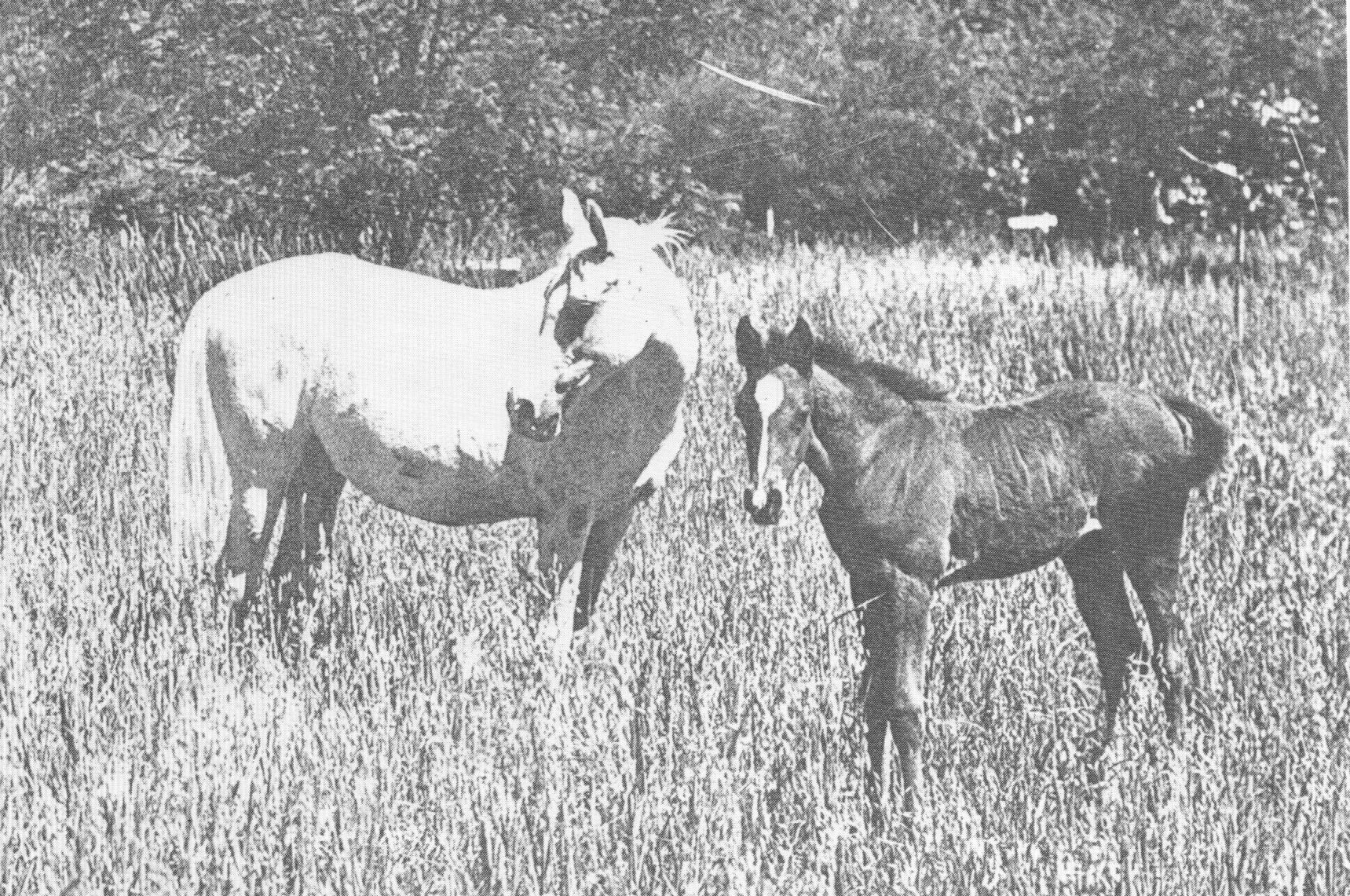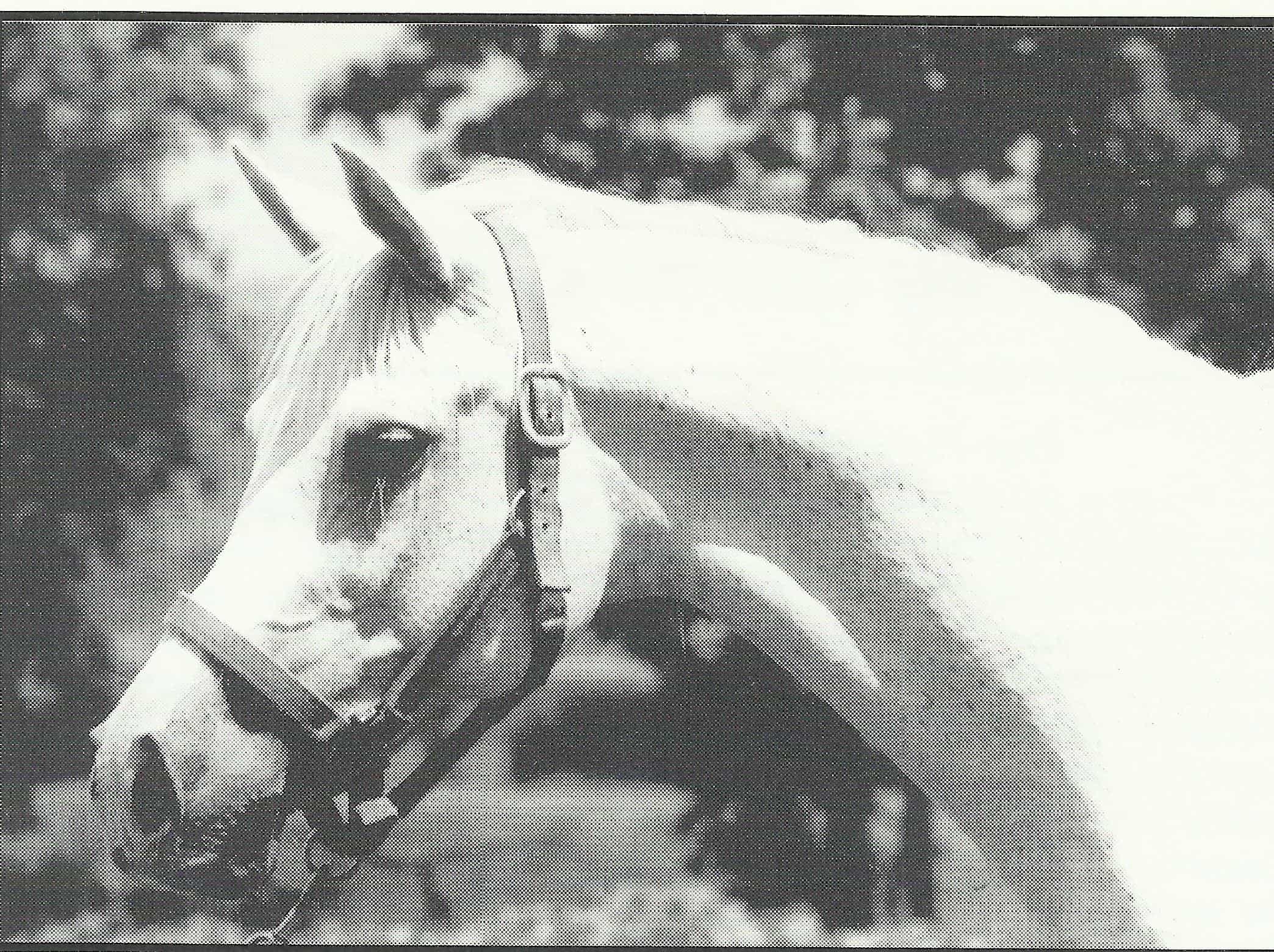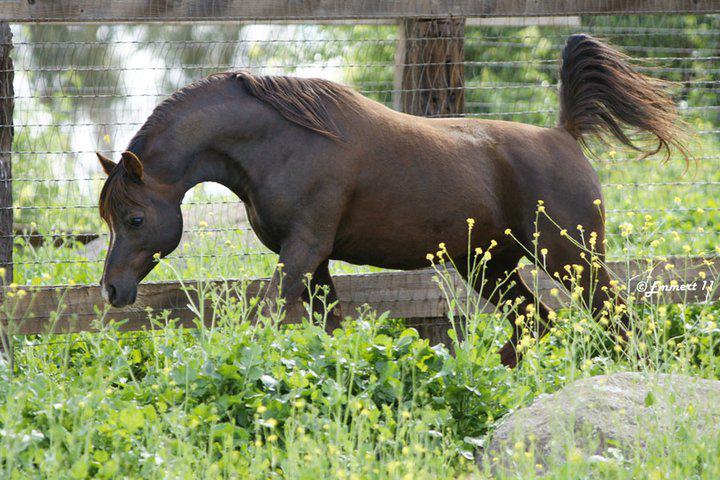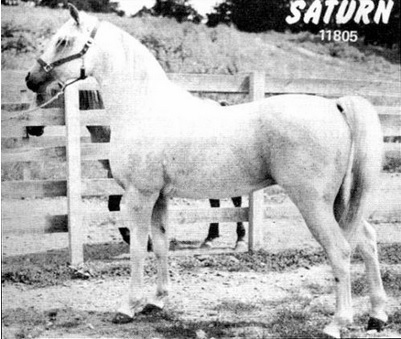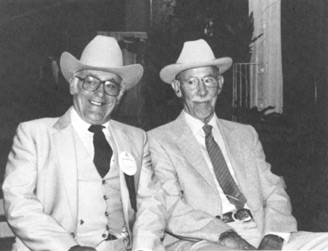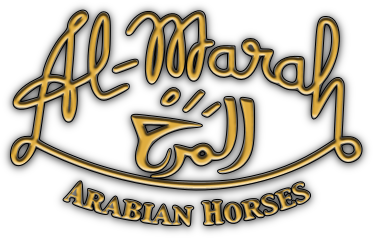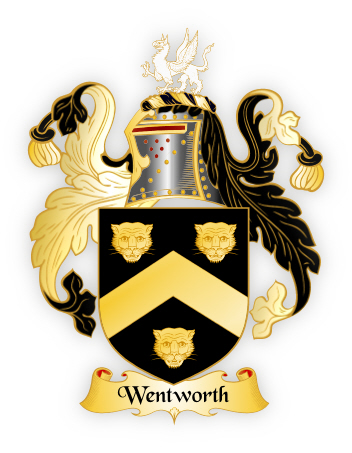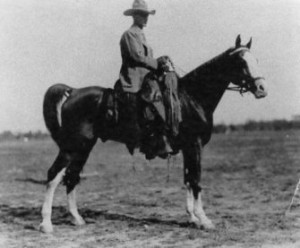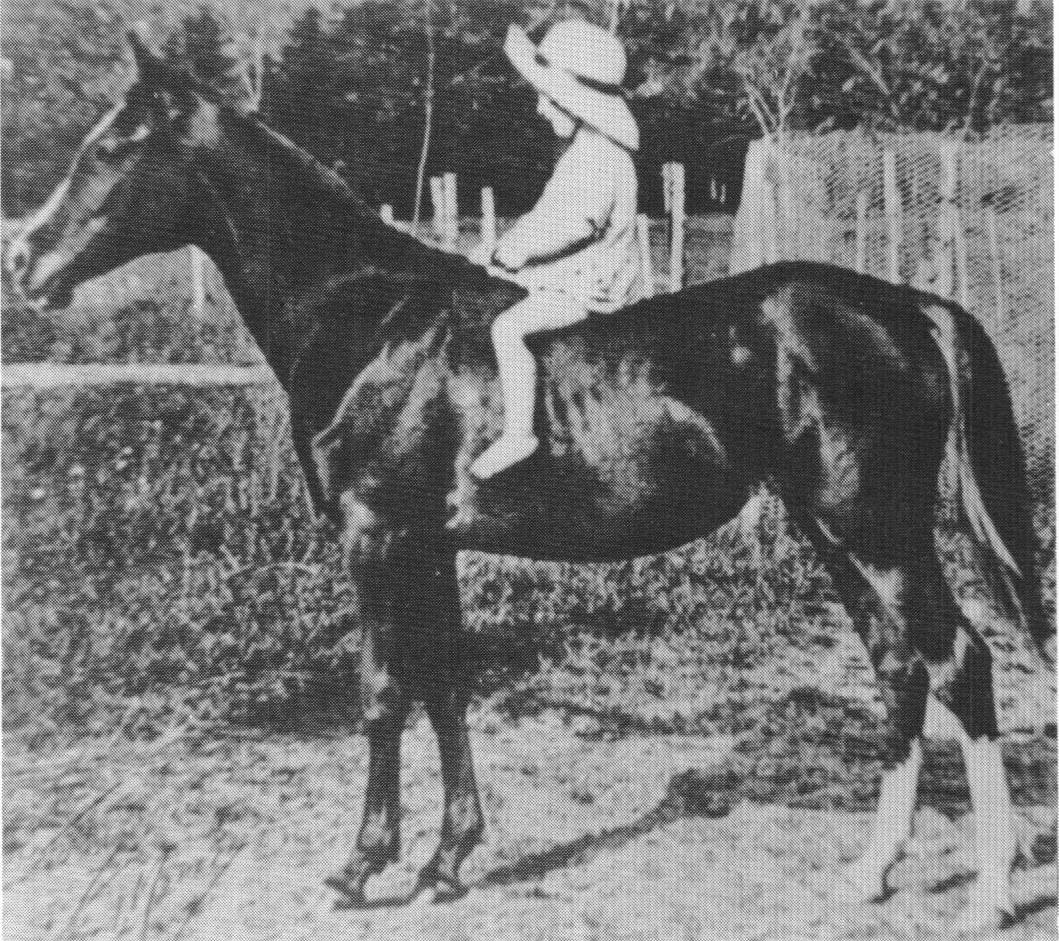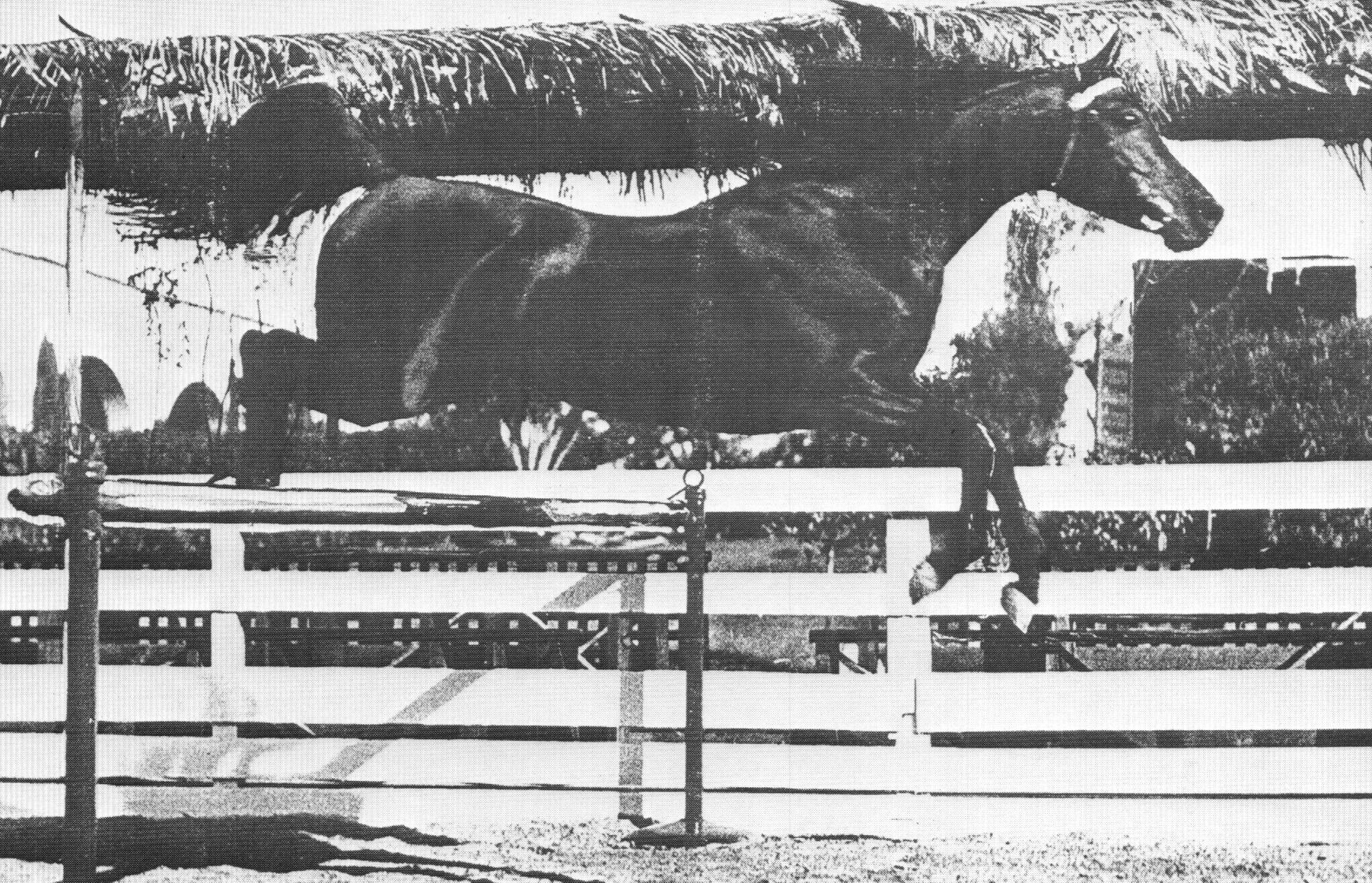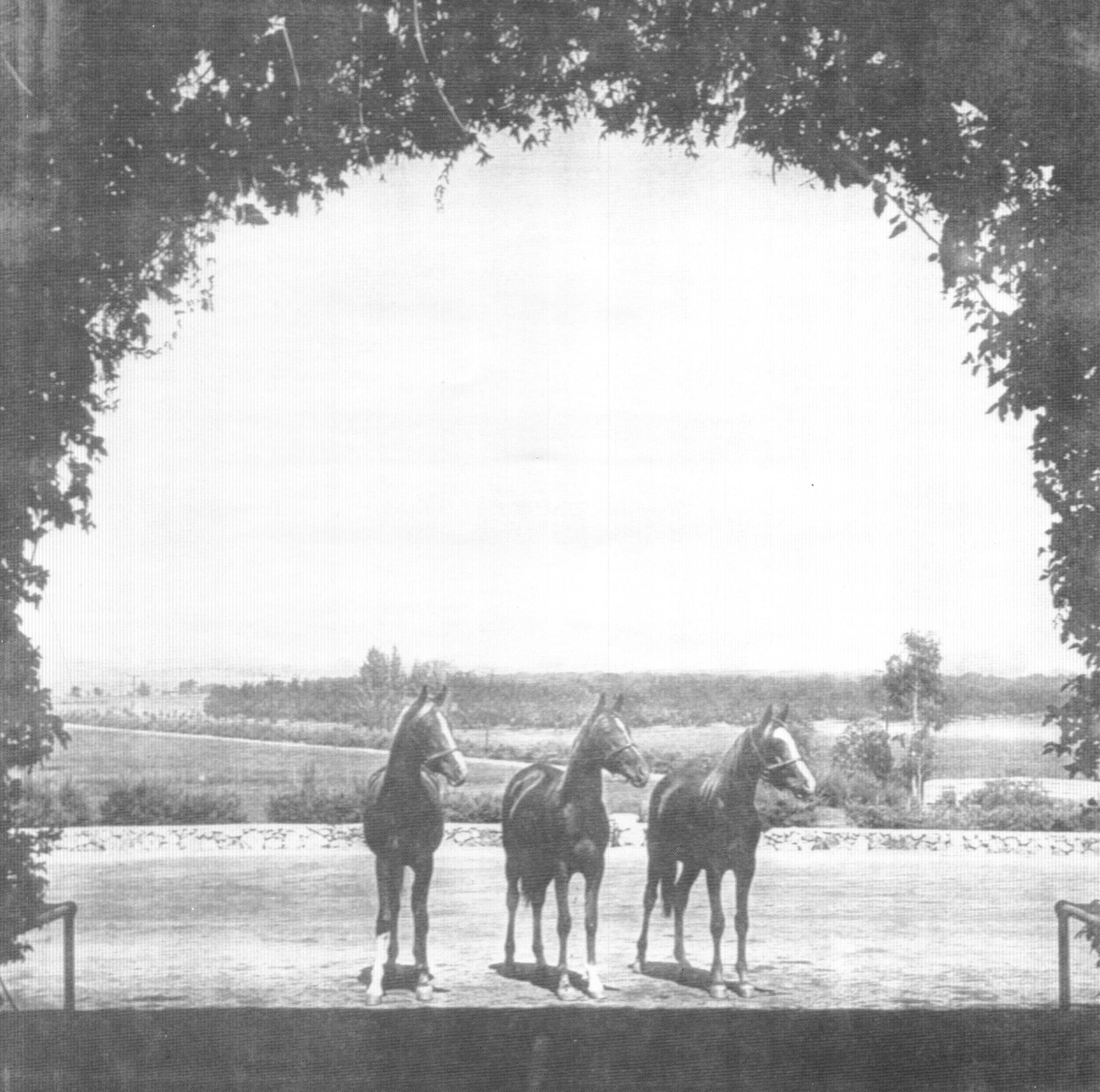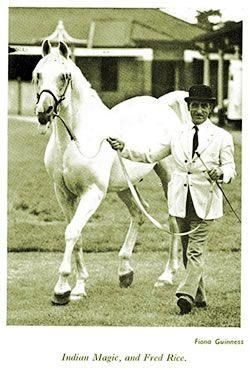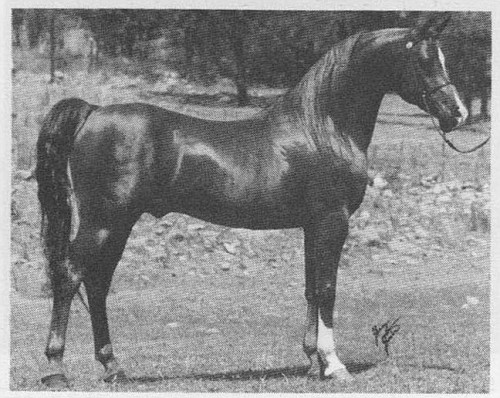Historical Breeders
-
The W.K. Kellogg Arabian Horse Ranch - Part 14: 1931, *Malouma 738 and *King John 739 Are Purchased
-
Long Live Crabbet: A Tour of Straight Crabbets in the American North East
-
Carleton Cummings and his Skyline Trust Arabians
-
Pete McNeil – A Lifetime With Arabians
-
The Horses of Asil Arabians
-
Bill Munson - An Interview by Jim Robbins
-
Why I Did What I Did - An Interview with Lois Selby Perry
-
My Visit to Al-Marah Arabians in November of 2002
-
The Barony of Wentworth
-
The Maynesboro Stud: A Glimpse at the Past, to Preserve the Future…
-
The W.K. Kellogg Arabian Horse Ranch - Part 12: The New Arabians of 1930
-
The W.K. Kellogg Arabian Horse Ranch - Part 13: The 1930 Foal Crop
-
The W.K. Kellogg Arabian Horse Ranch - Part 15: The 1931 Foal Crop
-
"Mr. Crabbet" - Fred Rice
-
The Lewisfield Breeding Program: A Decade of Excellence

